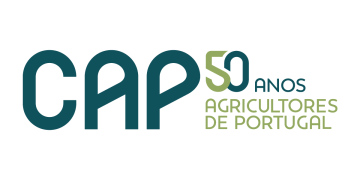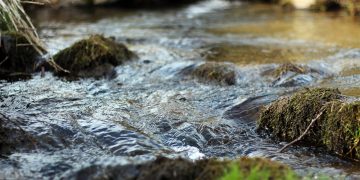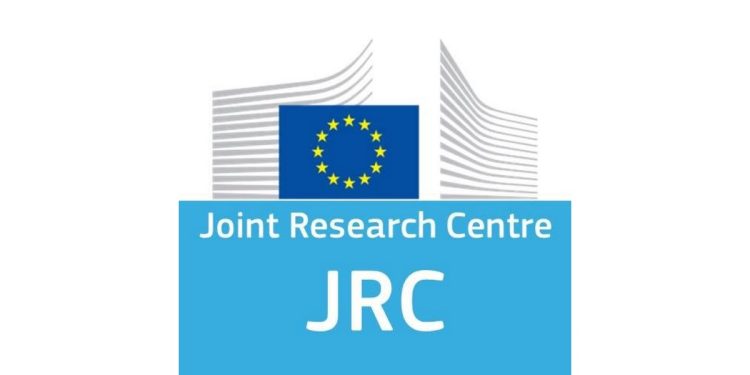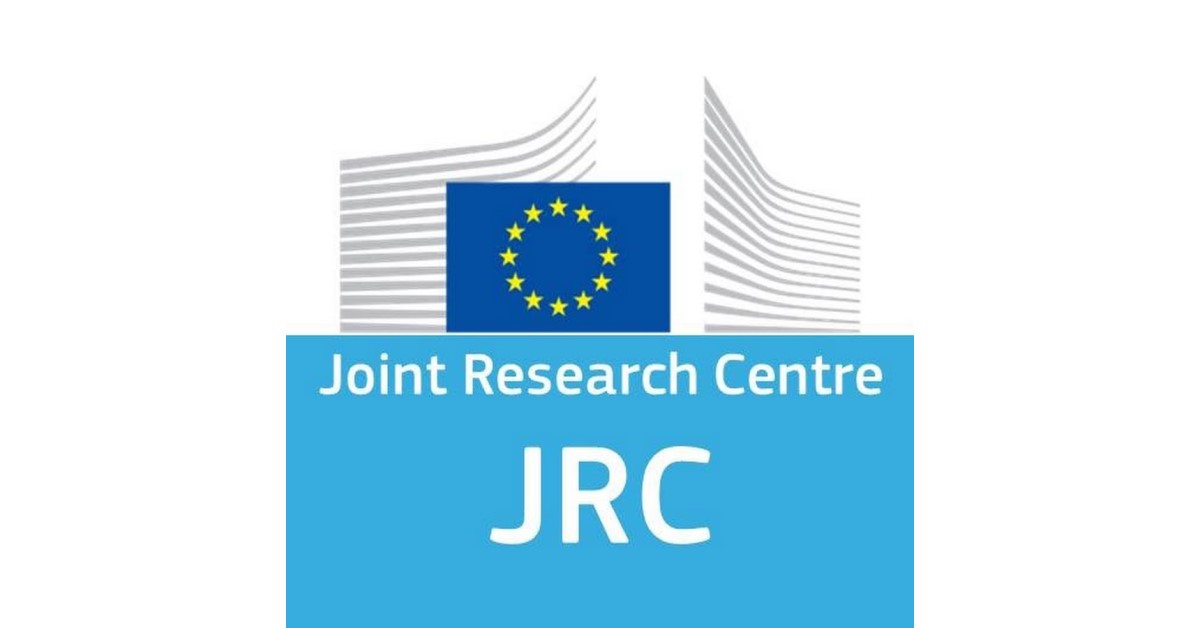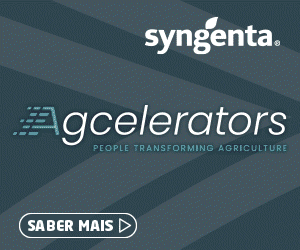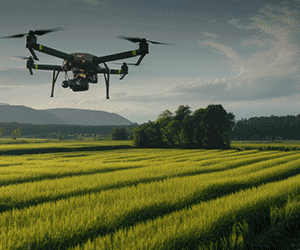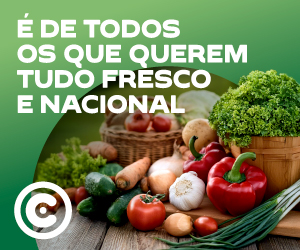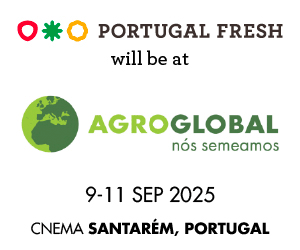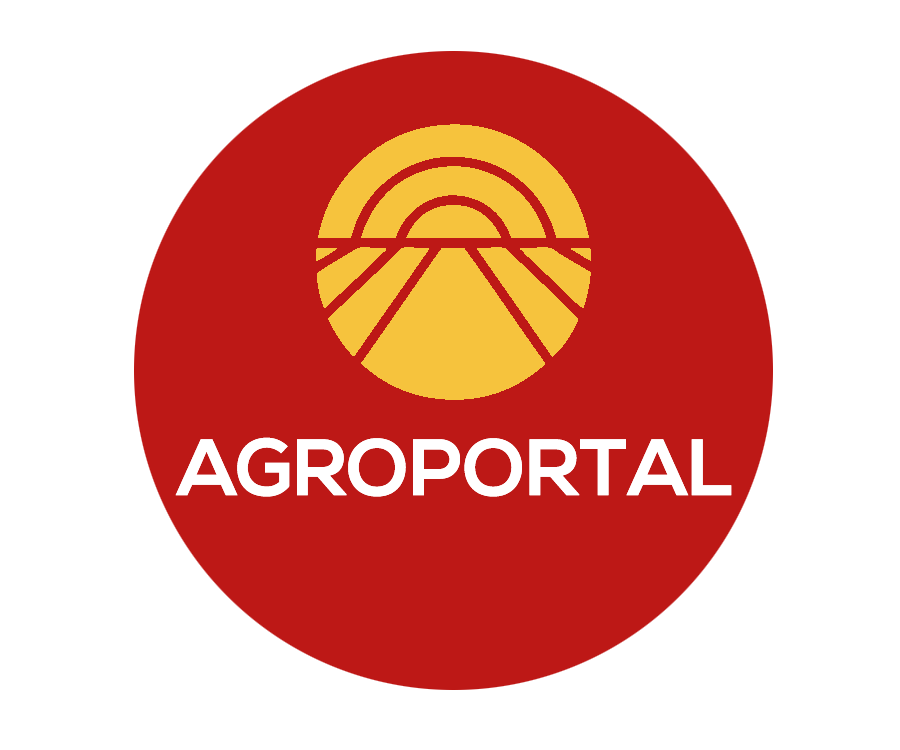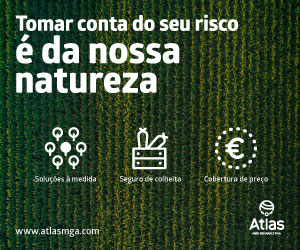The EU Biodiversity Strategy aims to put Europe’s biodiversity on the path to recovery by 2030, for the benefit of people, climate and the planet. Biodiversity and the services it provides support human life and wellbeing by regulating the quality of the air we breathe and the water we drink, as well as providing people with food, energy and medicines.
While major steps have been taken in developing and enacting policy to reduce impacts on biodiversity, they have not yet been enough to halt biodiversity loss and reverse biodiversity decline.
This is one of the key findings of the newly released assessment report, prepared by the European Commission’s Joint Research Centre and the European Environment Agency. It outlines the current state of play, plans for developing a monitoring framework for the EU Biodiversity Strategy, progress in implementing the strategy, and the likelihood of reaching its targets by 2030.
The report analyses 29 distinct sub-targets of the strategy in terms of progress observed so far, and likelihood of meeting them by 2030. It also highlights the difficulty in monitoring progress, with 14 sub-targets for current progress, and 16 sub-targets for the likelihood of meeting the strategy’s targets by 2030 not yet evaluated by 2030 due to lack of data.
How has the EU progressed so far?
Based on the status reported in the EU Biodiversity Strategy Actions Tracker, the report finds that half of the actions that were called for under the strategy’s four pillars – protecting areas, restoring ecosystems, enabling transformative change, and external action – are completed. Most of the remaining actions are under way, with few actions delayed, but likely to be met by 2030. These actions include putting in place legislation like the Nature Restoration Regulation, as well as closing the implementation gap of existing policies, and producing guidelines for assessments.
Overall, the EU is heading in the right direction for most of the 15 sub-targets that have been evaluated, as also illustrated in the EU Biodiversity Strategy Dashboard. The current state of play could not be evaluated for the remaining 14 sub-targets due to lack of data. Progress is being made for 10 sub-targets that address measures to mitigate human pressures on biodiversity. These include designating protected areas at sea and land, reducing the use of pesticides and fertilisers, transitioning to organic farming, increasing tree planting and improving the sustainability of fisheries.
On the other hand, the situation is stagnant for three sub-targets, including the uptake of agro-ecological practices. Moreover, there are negative trends for two sub-targets concerning the state of biodiversity, as both common bird and pollinator populations continue to decline.
Is the EU on track to meet its targets for 2030?
In terms of future outlook, the EU is currently off-track to meet any of the 13 sub-targets by 2030 that could be evaluated. Meanwhile, lack of relevant data hinders the possibility to evaluate whether the EU is on-track or not to meet the remaining 16 sub-targets.
Of the 13 sub-targets for which the outlook was evaluated, the EU may still be able to reach nine of them by 2030, if the pace of change accelerates. For instance, compared with the pace of progress observed so far, the pace in the designation of new protected areas and of transition to organic farming would need to triple to stay on course for 2030.
Meanwhile, four of the sub-targets that were evaluated are unlikely to be met. These include efforts to halt deterioration in conservation of species, reversing the loss of pollinators, cutting soil nutrient losses by 50%, and reducing the use of fertilisers by 20%.
Meeting the strategy’s targets would require stronger enforcement of existing environmental policies, including the full implementation of the EU Nature Restoration Regulation.
Background and future work
The EU Biodiversity Strategy was published in May 2020 as central pillar of the European Green Deal. The strategy aims to put Europe’s biodiversity on the path to recovery by 2030, with targets and actions for protecting nature, restoring ecosystems, enabling transformative change, and stepping up EU external actions for biodiversity.
The report was produced as part of the work of the Knowledge Centre for Biodiversity, which was set up by the Commission in collaboration with European Environment Agency alongside the strategy to help achieve its objectives. The report is also part of a broader effort to support the monitoring of environmental policies set under the European Green Deal, including the Zero Pollution Action Plan, the EU Soil Strategy, and the Farm to Fork Strategy.
In the future, the knowledge centre will focus on closing the remaining monitoring gaps and delivering a complete EU Biodiversity Strategy dashboard by 2030. It will also aim to further enhance the interoperability between the European Green Deal’s monitoring frameworks and align them with EU and national action to track the implementation of the Kunming-Montreal Global Biodiversity Framework. These efforts to strengthen and integrate monitoring will be essential for policy makers to close the gaps and put the EU on the path to a healthier and more sustainable environment after 2030.
O artigo foi publicado originalmente em JRC.





